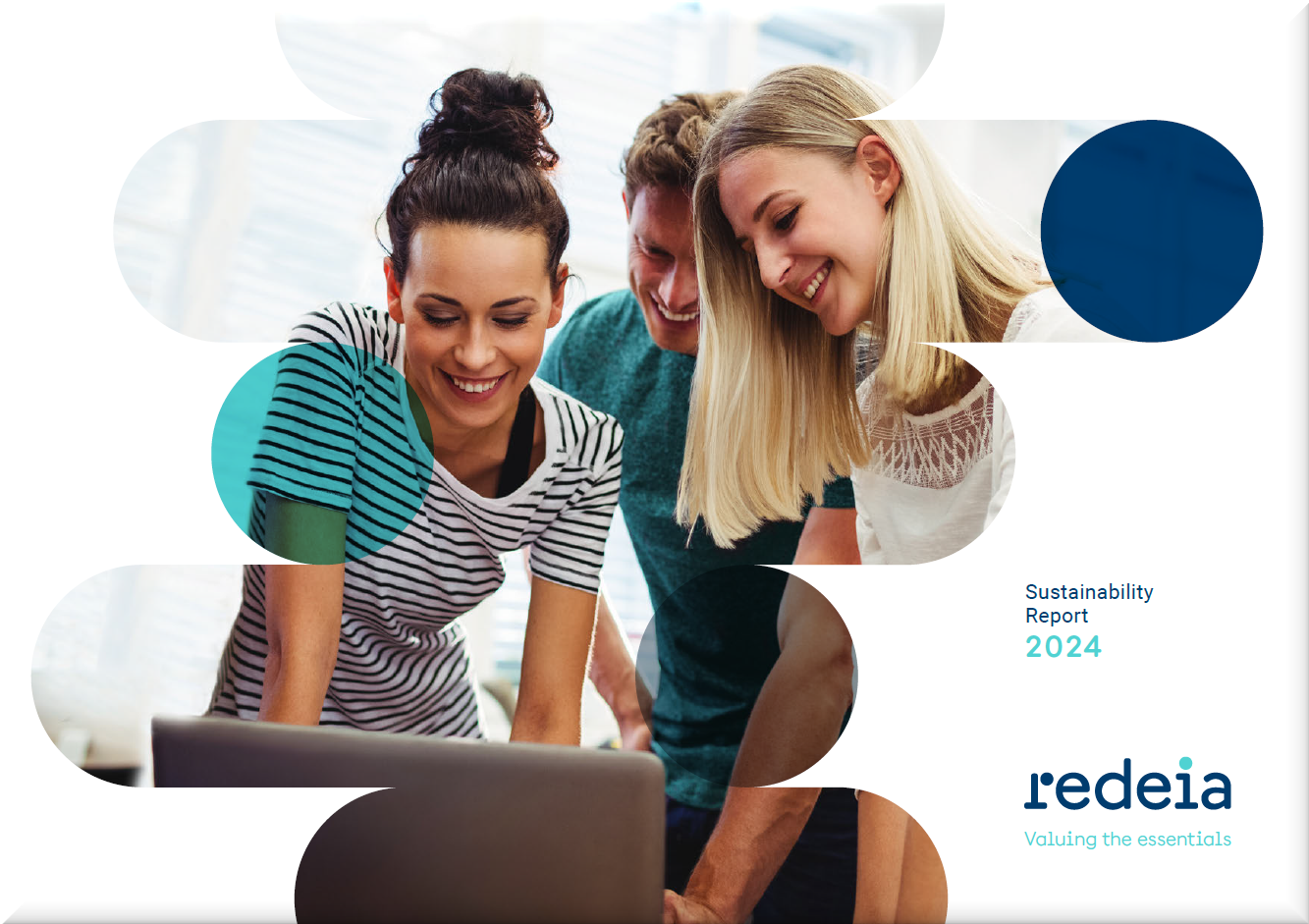We are a global operator of essential infrastructure
We create long-lasting relationships based on trust with the groups affected by our activity and those impacting our company. We want to create value for all, with responsibility, dialogue, and transparency.


We transfer our sustainability commitment to all business areas and organisational levels to ensure the creation of value for all our stakeholders.
We report on the financial and non-financial aspects of our activity and performance in a trustworthy, complete, accessible, and relevant manner.
We maintain a respectful attitude towards our stakeholders, generating trust and consensus environments in the medium and long term.
We make systematic assessments of the progress we make with our commitments to stakeholders.
We are committed to preventing and mitigating any potential negative impact on our stakeholders and having a positive impact.
We provide appropriate, accessible communication channels. We listen actively to our stakeholders and address their needs, expectations, and requests for information.
We have created a management model that incorporates the requirements of benchmark rules and standards: AA1000, IQNet SR10, ISO26000 and the Global Reporting Initiative.
This enables us to ensure proper management of the most significant economic, social and environmental impacts of our activities and services on our stakeholders and to identify issues that may affect our relationship with them rapidly.
1
Identify and segment
Identify and segment groups of stakeholders based on the analysis of the interrelationships between the Company's processes and activities, and why they are of interest. The groups that share the reason for the relationship are grouped together using a bottom-up approach to form stakeholder categories.
2
Prioritise stakeholders
We determine the relevance of groups based on our impact on them, their influence on the company and pressure, resulting in a prioritised inventory.
3
Define the relationship framework
We work within an optimal relationship framework for each group based on the level of priority and involvement and the commitments undertaken with them.
4
Review and establish improvements
We promote dialogue with groups and generate improvements that address their relevant issues, needs and expectations, maximising positive impact and minimising negative ones.
5
Evaluate management
We systematically and frequently evaluate and review our management and prepare action plans to address the matters relevant to each group.
6
Review the model
We tailor our management model to the company’s internal and external contexts to have a useful, living tool that helps us to improve continuously.

Using the analysis of the value chain, as well as the different information compiled during interviews with the different units, we have built a relationship framework for each stakeholder including the following tools:
These include their structure, a map reflecting the prioritisation result (based on the impact, influence and pressure), commitments undertaken and the communication channels used.
This identifies which organisational units interact with each group, which unit is responsible for the relationship and what type of relationship.
We make several channels available to our stakeholders to gather their suggestions, needs, expectations, opinions and complaints and to provide them with transparent, faithful and relevant information.
Since 2008, the DÍGAME service has provided a professional response to requests from external stakeholders, who have several channels of communication at their disposal (telephone, email, and online form). This service is provided by a foundation that works with people with disabilities.
We carry out frequent perception studies with an external consulting company to have a quantitative and qualitative analysis of our stakeholders' expectations, to identify weaknesses and to define and implement improvement plans. The result of the surveys and the plans are reported to each group.
Global indicators of the stakeholder perception study:
| 2021 | 2022 | 2023 | |
|---|---|---|---|
| Perception index(1) | 8.0 | 8.0 | 8.2 |
| Global perception | 8.1 | 8.1 | 8.2 |
| Assessment of service | 7.9 | 8.0 | 8.1 |
| Assessment of communication and reporting activities | 7.8 | 7.9 | 7.7 |
| Assessment of the development of activities and collaborations | 8.2 | 8.3 | 8.3 |
| Reputation | 8.0 | 8.1 | 8.4 |
(1) The perception index (I) is a new indicator developed in 2019. It is calculated based on global perception performance assessments and includes an evaluation of all the services the company provides to the different stakeholders:
- The global perception level (A0) includes the stakeholders’ assessment of the Company’s global performance
- The global assessment of services (B) provides information on stakeholders' evaluation of the services they receive from the Company.
IP= 35% A0 + 65% B (weighted values based on stakeholder prioritisation)














